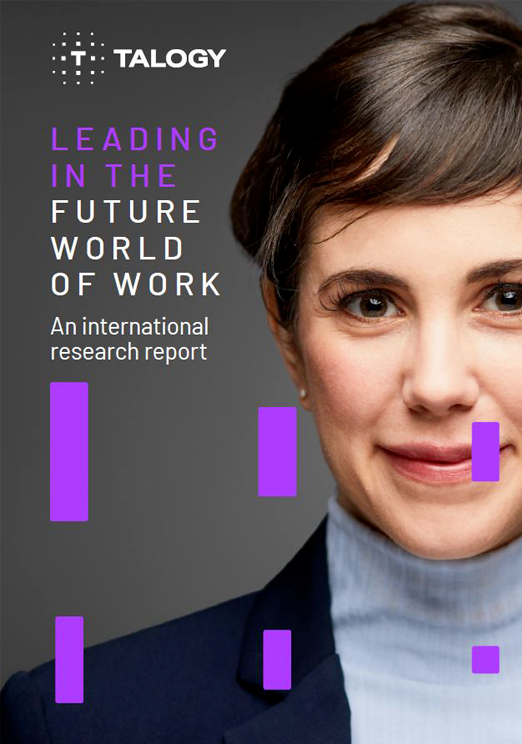Whether it’s hard candy as a child or hard alcohol as an adult, we continually learn a valuable lesson about the dangers of excesses. Everything in moderation, right?
Similarly, when looking at talent through the lens of personality, we realize you can have too much of a good thing. The ability to understand complex concepts and take quick action may seem like universally positive qualities, but there can be negative effects when one’s self-assessment shows a behavior on the extreme high end.
We don’t operate in bubbles, and how a person’s style meshes with the company culture and other personalities matters. Without the requisite interpersonal attributes for balance, ego-drive and deadline focus can manifest as intensity or pushiness. If highly analytical individuals can’t relate to people or share knowledge in a manner that elicits understanding, they can alienate their audiences.
In considering what makes someone suited to a particular role, it’s easy to take a two-dimensional view of personality, even when we use a sophisticated personality-assessment tool like the Caliper Profile. In actuality, the percentile scores you see on a Profile, when manifested in the work world, can represent both assets and liabilities.
Say the following out loud, in your best Tarzan voice, to realize how simplistic it sounds:
Low scores – bad
High scores – good
Let’s think in Star Wars terms. Both the Jedi and the Sith can tap into the “Force.” This energy field, created by all living things, has to be harnessed for one to access its power. Most importantly, the Force can be used for malevolent or benevolent ends; it depends on the context of one’s training, worldview, upbringing, and experiences.
Just as the Jedi attempt to “bring balance to the Force,” your business should be looking to create a harmonious work environment with personalities that complement, rather than repel, one another. If you only select hard-charging, win-at-all-costs types, how would that play in your market?
Yes, we have the ability to make a connection between a company’s top performers and a particular set of behaviors in which they engage. However, the pitfall here is in seeking an “ideal” constellation of scores.
Caliper’s Senior Vice President of Research and Development, Dr. Tom Schoenfelder, writes in his “Theory of Work” that in the era of Big Data, we can go beyond top/bottom analyses, as they only look at a sliver of the information available about a person. Also, there are other models that feature higher predictive validity.
Most importantly, Dr. Schoenfelder notes that testing top and bottom performers, and relying solely on the differences, falls short if thought is not given to other factors.
When buying stocks, you wouldn’t look at just one indicator. If you only consider recent performance, and operated on the principle that the higher the price, the greater the buy, you could be entering a world of pain. By the time you buy, the stock might have peaked or competition emerged. The same principle applies when assessing talent: To only look at one factor gives you a mere fraction of the information you need to make an intelligent decision. I mean, if it were that easy to pick “winners,” I’m out of a job!

